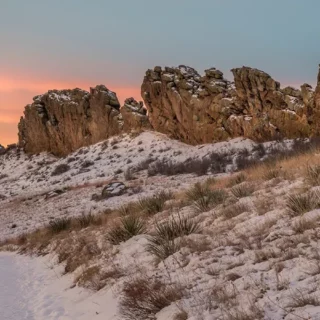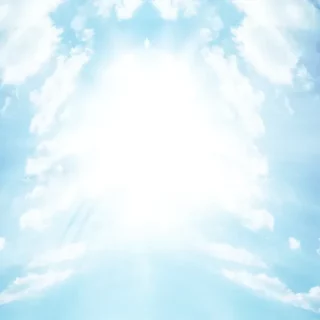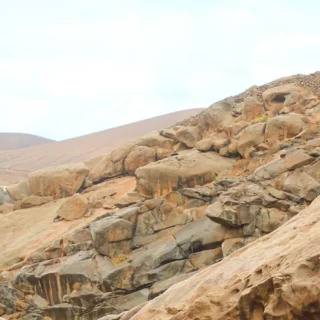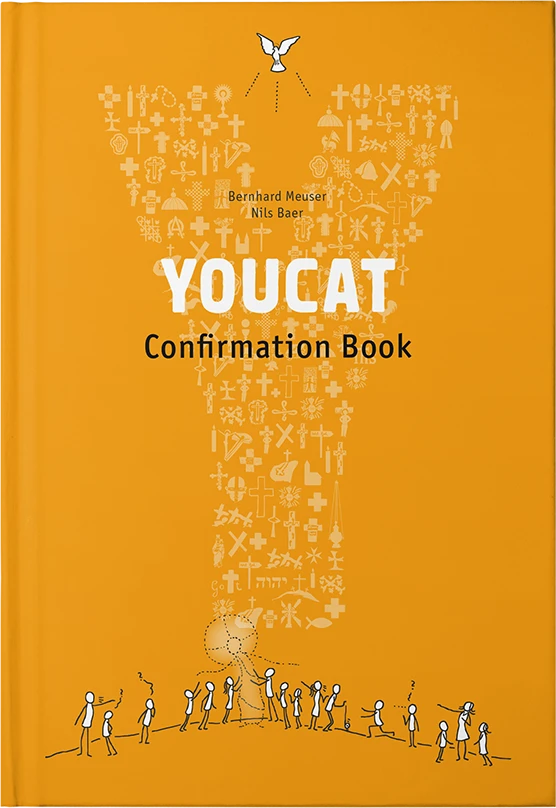

Minicat
The Transfiguration of the Lord
On August 6th, the Church celebrates the Feast of the Transfiguration of the Lord. This is a moment in Jesus’ life, the only time when Jesus’ nature is truly revealed in full glory.
Bible passages
Daniel 7, 9-10, 13-14; 2 Peter 1, 16-19; Mark 9, 2-10
Minicat
On August 6th, the Church celebrates the Feast of the Transfiguration of the Lord. This is a moment in Jesus’ life, the only time when Jesus’ nature is truly revealed in full glory. This is the moment when he goes up Mount Tabor with his disciples Peter, James, and John, and “he was transfigured before them, and his clothes became dazzling white, such as no fuller on earth could bleach them” (Mk 9, 2-3). His divinity visibly breaks through. Normally on the surface, Jesus looks like any other human being. The real miracle is not that his divinity becomes visible, but that Jesus’ divinity is otherwise almost always invisible in his life. But at the Transfiguration, as called by theologians, the Heavenly Father takes the veil away for a moment so that the three disciples can see who their Master truly is: the incarnate Son of God.
This is a mystery that no one can grasp overnight. It is beyond us to understand what it means that God becomes man. So it is not surprising that God prepared mankind, or first the people of Israel, for more than 1000 years. The whole Old Testament tells about how the people of Israel are being prepared for the mystery of God becoming man.
We hear one of these foreshadowing prophecies in today’s first reading. The prophet Daniel has a vision in which he sees the heavenly court: God the Father is portrayed as an old wise man, seated on a chair and surrounded by apocalyptic images that emphasize his divinity (cf. Dn 7, 1-14). Presented before him is one like a son of man to whom is given dominion over the whole world, indeed over the whole universe: “He received dominion, glory, and kingship; nations and peoples of every language serve him. His dominion is an everlasting dominion that shall not be taken away, his kingship shall not be destroyed (Dn 7,14). A Jewish exegete and rabbi named Daniel Boyarin interprets this passage as indicating that there must be more than one person in God because this Son of Man who is here brought before God is more than a man, more than the angels. He is a second person in the Godhead. Here, then, it is already revealed that there is a mystery in God that is unfathomable to human beings and only becomes accessible to us through the fullness of revelation in Jesus Christ.
In the second reading, we hear St. Peter confess: “We did not follow cleverly devised myths when we made known to you the power and coming of our Lord Jesus Christ, but we had been eyewitnesses of his majesty. For he received honour and glory from God the Father when that unique declaration came to him from the majestic glory, ‘This is my Son, my beloved, with whom I am well pleased.’ We ourselves heard this voice come from heaven while we were with him on the holy mountain” (2 Pt 1, 16-18).
Peter wants to tell us here that we do not believe in some story, but that the disciples themselves saw that this Jesus is the Messiah promised by all the prophets and more. For none of the prophets would have dared to dream that he is also the Son of the living God. Peter is not following some cleverly devised myth, but he has seen God’s glory, as the Gospel also testifies today:
“Jesus took Peter, James, and John and led them up a high mountain apart by themselves. And he was transfigured before them, and his clothes became dazzling white, such as no fuller on earth could bleach them” (Mk 9, 2-3). The shining white clothes, which seem to be made almost of light, symbolize Christ’s divinity breaking through under the veil of his humanity and perfectly transfiguring his humanity. In Jesus’ humanity, his divinity is revealed. The light of this divinity is so overwhelming that none of us could bear it. It is not without reason that the Old Testament says: “my face you cannot see, for no man sees me and still lives” (Ex 33,20). Just as we cannot look directly at the sun for an extended period, we likewise cannot behold the Godhead with the naked human eye until we are transformed in the resurrection of the body.
The three disciples fall to the ground. They cannot think of what to say. But the crucial point is that they hear the prophet Elijah and the prophet Moses talking to Jesus. These two prophets represent the two main parts of the Old Testament: Moses stands for the Torah, also called the Pentateuch, and Elijah stands for the historical books from Joshua to the second book of Kings, called the “former prophets” in Judaism. The two prophets Elijah and Moses are talking to Jesus. This is to show that the entire Old Testament is about the mystery of the Son of Man. They proclaim him, and he opens our eyes to understand the Scriptures.
With this image, the Gospel of the Transfiguration of the Lord invites us to take the Scripture in our hands ourselves and to enter into conversation with Jesus through reading them. All of the scripture, even the Old Testament, speaks of Jesus. What St. Jerome said about 1600 years ago is still true: “Ignorance of Scripture is ignorance of Christ.” But God gives us the Holy Spirit, the Early Church Fathers, Saints and theologians, modern exegesis and the catechism to open up the Scriptures to us and gradually introduce us to the mystery of Christ revealed to us in the Scriptures. Jesus himself understood the mystery of his life from the Old Testament, as exemplified today by Elijah and Moses. How much more then do we need to study the Old Testament to know him better and thus love him more.
The Feast of the Transfiguration of the Lord is an invitation to go with Jesus like the Apostles to the mountain – the place of God’s presence. We can know Jesus ONLY in prayer. It is not we who investigates HIM like a scientist investigates an object, but it is HE who reveals himself to us. He wants to reveal himself to us. He wants to reveal himself to us as he revealed himself to his disciples. He wants to show us who he is: the One to whom is given dominion over the whole universe, the One who we are created for, the One who wants to save us. He wants to reveal himself personally to each one of us. Therefore, let him invite you to go up the mountain with him because we have met him personally and he has revealed himself to us bodily.

YOUCAT Digital
Discover our digital products, which will help you to grow in faith and become missionaries yourself.





